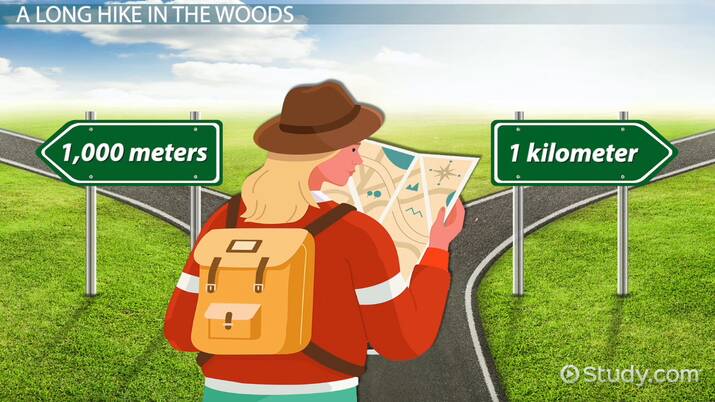Understanding the Kilometer and Meter Relationship
Definition of a Kilometer
A kilometer (km) is defined as 1,000 meters. It is commonly used to measure distances in various contexts, such as geography, travel, and sports.
Definition of a Meter
A meter (m) is the base unit of length in the International System of Units (SI). It is defined as the distance light travels in a vacuum in 1/299,792,458 seconds.
Conversion Table
| Unit | Equivalent in Meters |
|---|---|
| 1 Kilometer | 1,000 Meters |
| 1 Meter | 0.001 Kilometers |
Historical Context
The metric system, which includes kilometers and meters, was developed in France during the late 18th century. The meter was originally defined based on the Earth’s meridian, while the kilometer was introduced to facilitate easier calculations in larger distances.
The History of the Kilometer and Meter
Early Developments
The origins of the kilometer and meter can be traced back to the late 18th century in France. In 1793, the French National Convention decreed that a new system of measurement should be developed, which eventually led to the creation of the metric system.The meter was originally defined as one ten-millionth of the distance from the North Pole to the equator along a meridian through Paris. This definition was later refined to be based on the Earth’s meridian through Dunkirk and Barcelona.
The Metric System Takes Shape
In 1793, the French National Convention also introduced the prefix “kilo-” to denote a factor of 1,000. This led to the creation of the kilometer as a unit of length equal to 1,000 meters.The metric system, including the meter and kilometer, gained widespread acceptance in France and gradually spread to other parts of the world. In 1875, the Metre Convention was signed, establishing the International Bureau of Weights and Measures (BIPM) and the International System of Units (SI), which standardized the use of the metric system globally.
Adoption and Standardization
The metric system, with the meter and kilometer as its primary units of length, has been adopted by most countries around the world. It is the official system of measurement in all countries except the United States, Liberia, and Myanmar.The International Bureau of Weights and Measures (BIPM) is responsible for maintaining the International System of Units (SI) and ensuring its consistent use worldwide. The BIPM regularly reviews and updates the definitions of units, including the meter, to ensure their accuracy and relevance.
Applications of the Kilometer and Meter
Geography and Navigation
Kilometers are widely used in geography and navigation to measure distances between locations. Maps often use a scale in kilometers to indicate the distance between points on the map.Meters are used for smaller-scale measurements within a geographic area, such as the dimensions of a building or the height of a mountain.
Transportation
Kilometers are the primary unit of measurement used in transportation, particularly in road and rail travel. Road signs indicate distances to destinations in kilometers, and speed limits are often expressed in kilometers per hour.Meters are used for smaller-scale measurements in transportation, such as the width of a lane or the height of a bridge.
Sports and Athletics
Many sports events, particularly those involving long distances, use kilometers as the unit of measurement. Marathons, cycling races, and cross-country skiing events are often measured in kilometers.Meters are used for smaller-scale measurements in sports, such as the length of a soccer field or the height of a basketball hoop.
Practical Applications
Kilometers are widely used in:
- Geography: Measuring distances between cities or landmarks.
- Transportation: Road signs indicating distances to destinations.
- Sports: Events like marathons and cycling races often use kilometers as a distance measure.
Frequently Asked Questions (FAQ)
How many meters are in a kilometer?
There are 1,000 meters in a kilometer.
Why is the kilometer used instead of meters in some contexts?
Kilometers are used for longer distances to simplify measurements and make them more comprehensible. For example, saying a city is 50 kilometers away is more manageable than saying it is 50,000 meters away.
How do you convert kilometers to meters?
To convert kilometers to meters, multiply the number of kilometers by 1,000. For example, 5 kilometers is equal to 5×1,000=5,000 meters.
Are there other units of measurement similar to kilometers and meters?
Yes, other units include miles (1 kilometer is approximately 0.621371 miles) and centimeters (1 meter is equal to 100 centimeters).
What is the significance of the metric system?
The metric system is a decimal-based system of measurement that is used globally for scientific and everyday measurements due to its simplicity and ease of conversion.
Where can I find more information about the metric system?
For further details, you can refer to the Wikipedia page on the Metric System.
Conclusion
In summary, a kilometer is a metric unit of length that equals 1,000 meters. This relationship is crucial for various applications in daily life, science, and industry. Understanding this conversion can help in navigating distances effectively and accurately.



